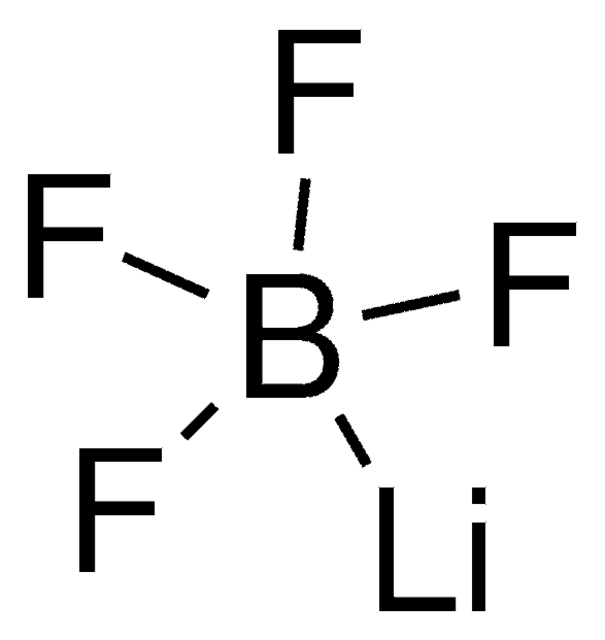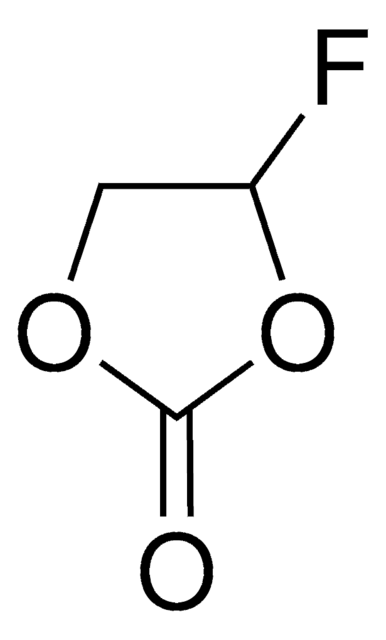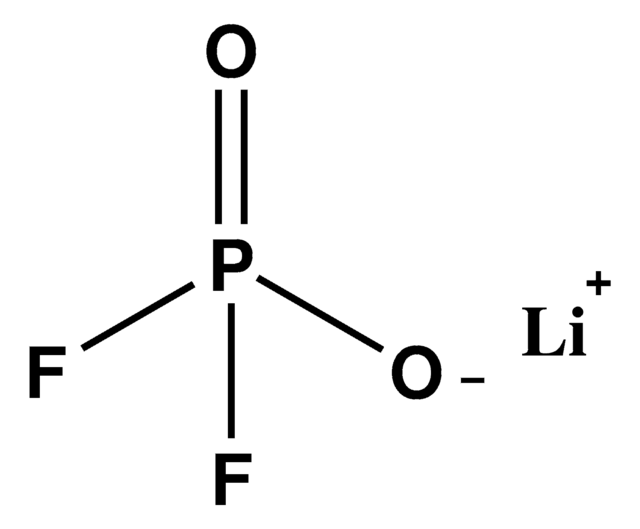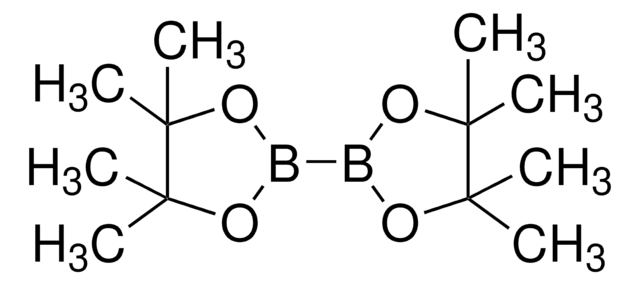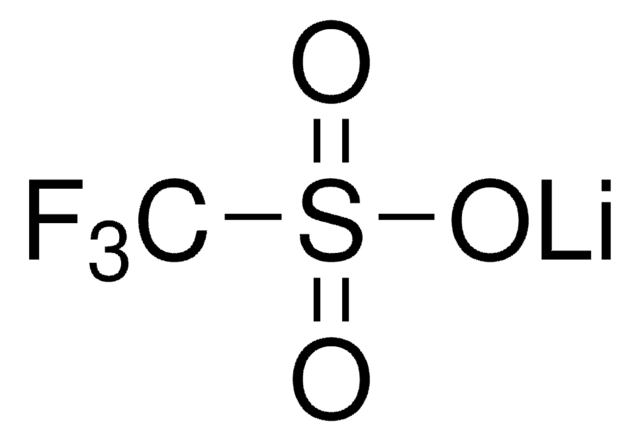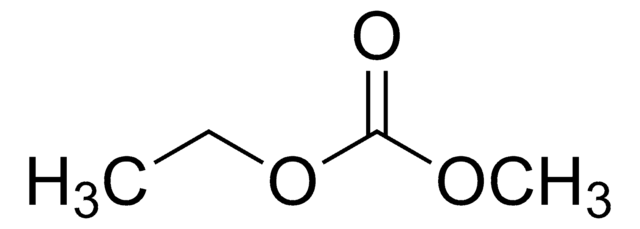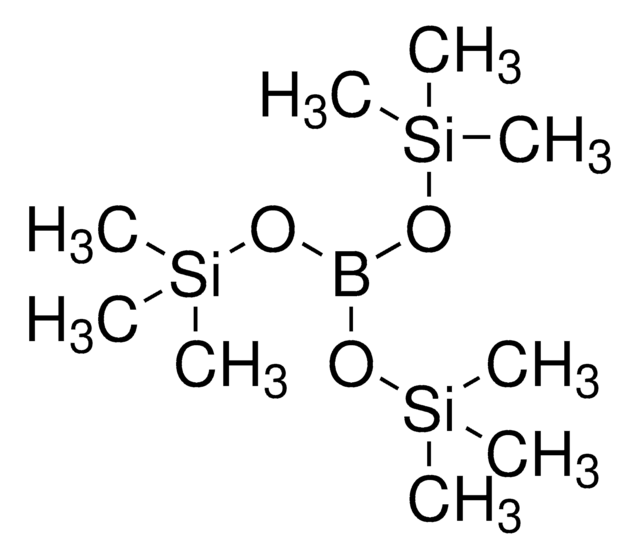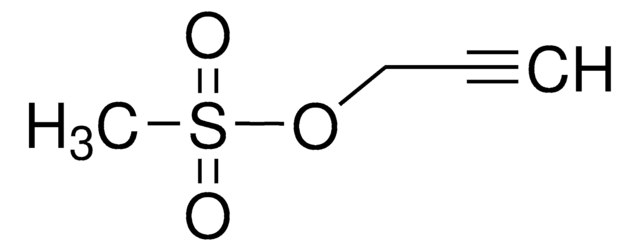Wichtige Dokumente
757136
Lithium bis(oxalato)borate
Synonym(e):
LiBOB, Lithium bis(ethanedioato)borate, Lithium bis(oxalate)borate
About This Item
Empfohlene Produkte
Form
powder or crystals
Qualitätsniveau
Grünere Alternativprodukt-Eigenschaften
Design for Energy Efficiency
Learn more about the Principles of Green Chemistry.
sustainability
Greener Alternative Product
mp (Schmelzpunkt)
>300 °C (lit.)
Anwendung(en)
battery manufacturing
Grünere Alternativprodukt-Kategorie
SMILES String
[Li+].O=C1O[B-]2(OC1=O)OC(=O)C(=O)O2
InChI
1S/C4BO8.Li/c6-1-2(7)11-5(10-1)12-3(8)4(9)13-5;/q-1;+1
InChIKey
NVQAYVUCVASGDK-UHFFFAOYSA-N
Suchen Sie nach ähnlichen Produkten? Aufrufen Leitfaden zum Produktvergleich
Allgemeine Beschreibung
Anwendung
Rechtliche Hinweise
Ähnliches Produkt
Signalwort
Danger
H-Sätze
Gefahreneinstufungen
Acute Tox. 4 Oral - Eye Dam. 1 - Skin Sens. 1A
Lagerklassenschlüssel
13 - Non Combustible Solids
WGK
WGK 1
Hier finden Sie alle aktuellen Versionen:
Besitzen Sie dieses Produkt bereits?
In der Dokumentenbibliothek finden Sie die Dokumentation zu den Produkten, die Sie kürzlich erworben haben.
Kunden haben sich ebenfalls angesehen
Artikel
Dr. Sun reviews the recent advances in solid-state rechargeable batteries and cover the fundamentals of solid electrolytes in solid-state batteries, the theory of ion conduction, and the structures and electrochemical processes of solid-state Li batteries.
Lithium-ion batteries (LIBs) have been widely adopted as the most promising portable energy source in electronic devices because of their high working voltage, high energy density, and good cyclic performance.
Electrode Materials for Lithium Ion Batteries
Li-ion batteries are currently the focus of numerous research efforts with applications designed to reduce carbon-based emissions and improve energy storage capabilities.
Unser Team von Wissenschaftlern verfügt über Erfahrung in allen Forschungsbereichen einschließlich Life Science, Materialwissenschaften, chemischer Synthese, Chromatographie, Analytik und vielen mehr..
Setzen Sie sich mit dem technischen Dienst in Verbindung.
